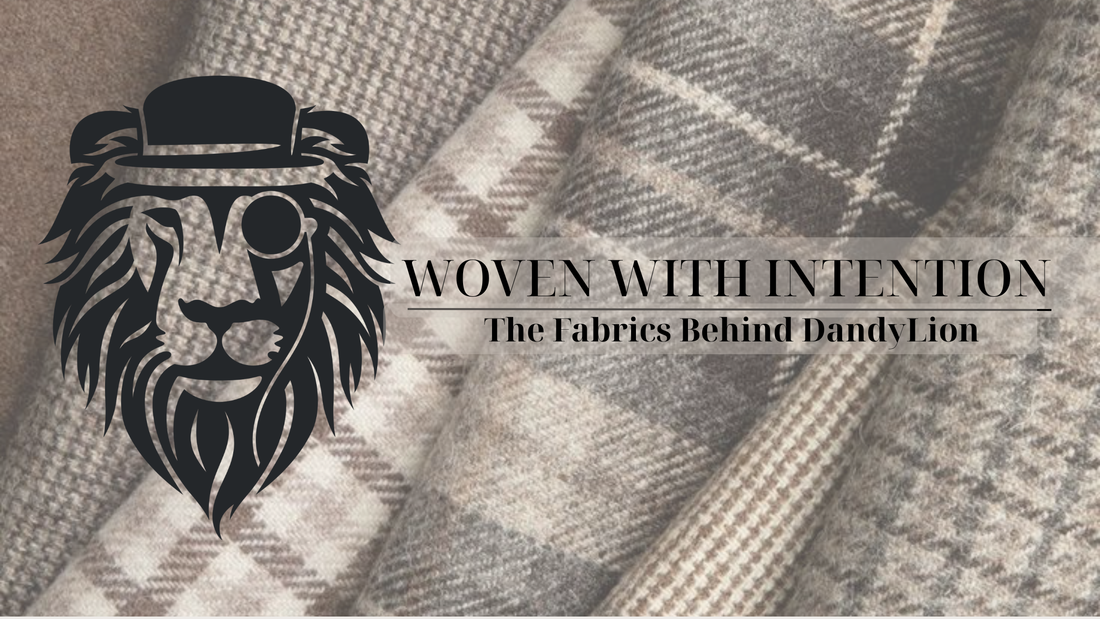
Part 2: The Next Big Innovation in Fashion Won't Be on the Runway
Share
In Part 1 of our two-part series on sustainability efforts in leading fashion houses, we looked at how Chanel is tackling one aspect of sustainability—managing raw, finished, and unused materials. Its new Nevold recycling business is just one part of the Maison’s commitment to reducing environmental impact and stimulating fair, green growth.
The LVMH Group has developed its own unique roadmap to not only reduce its own environmental impact, but also hopefully galvanize the entire luxury industry as they seek to balance sustainability with product desirability. The Life 360 Action Plan encompasses four main pillars: circular design, biodiversity, climate, and traceability and transparency.
Creative innovation across four pillars
The Life 360 plan is ambitious and comprehensive. It represents a massive supply chain and process transformation that will affect all products across its Maisons. LVMH is physically integrating its ecosystem—producing, designing, sourcing, and redistributing raw materials—and making measurable progress across each of the four pillars.
1. Amplifying creative circularity
Under this pillar, the Group and its Maisons are implementing five initiatives:
• Expanding sustainable services, such as repair, refill, and recovery services
• Shifting to sustainable packaging, including the elimination of fossil-based virgin plastic and reducing quantities of raw materials used
• Expanding sustainable design principles to all products and packaging by 2030
• Creating desirable and sustainable materials by recycling and repurposing offcuts and inventing sustainable materials in their labs
• Reducing waste by investing in new cutting technologies, recovering waste and reinjecting unused and unsold products into the value chain
The Group's Weturn service transforms post‑industrial textile scraps into traceable raw materials suitable for luxury use. Nona Source is another internal LVMH startup that recycles dormant stock. DandyLion participates in this aspect of LVMH's circularity program by sourcing deadstock fabric for our collections.
2. Protecting biodiversity
The Group supports initiatives to regenerate and preserve the world’s major ecosystems. One objective is to use 100% certified raw materials by 2026 and regenerate 5 million hectares of natural habitats by 2030. In 2024, 76% of cotton used came from certified sources, 98% of leather came from LWG-certified tanneries, and 96% of grapes came from LVMH vineyards certified as sustainable winegrowers.
3. Taking action for the climate
The Group and its Maisons are accelerating decarbonization efforts at their sites and stores via energy efficiency policy, targeted plans, and deployment of renewable energy.
4. Creating responsible and transparent value chains
Supply chain traceability is essential to guarantee responsible practices all throughout the product life cycle. Based on its 2016 certification policy, the Group is improving upstream traceability processes by cooperating more closely with suppliers and market players.
Change that matters
These are the main components of LVMH's Life 360 Plan, and already the Group has had significant wins. Thanks to its innovative re-use and recycling efforts, we're able to source traceable, premier-quality luxury fabrics for products in our textile collections.
LVMH is one of our fabric sources, and we specifically look for providers of other raw materials who prioritize sustainability in their businesses. Creating a circular economy, protecting the environment, making responsible resource decisions, and setting goals for continuous improvement takes more than one industry leader to make a difference. It takes fresh thinking, innovation, and commitment across industry segments. Together, we can all contribute to seeing results that matter.
